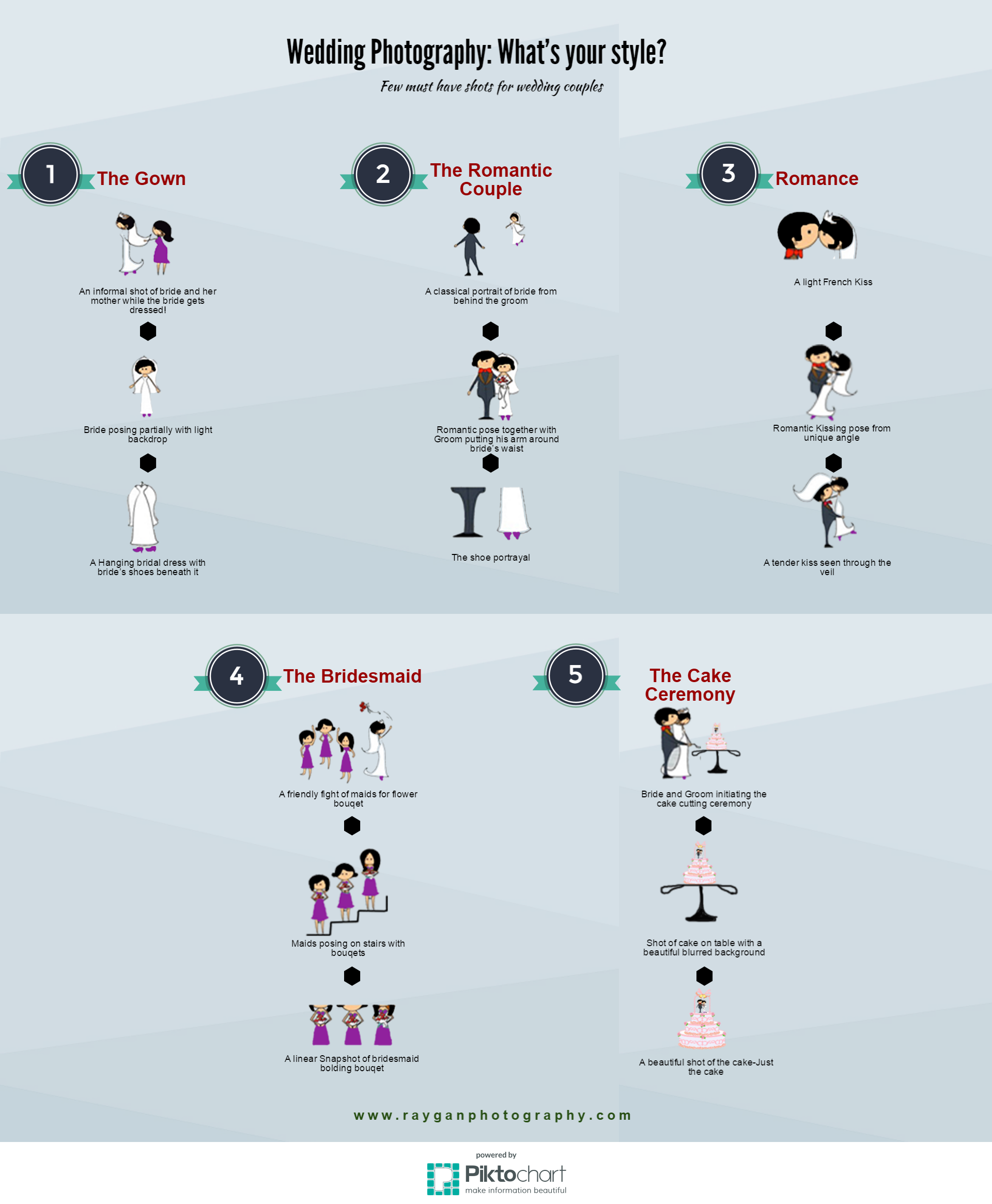Join Us To Uncover Necessary Photography Ideas That Will Certainly Open Your Camera'S Possibility-- Prepare To Catch Sensational Photos In No Time!
Join Us To Uncover Necessary Photography Ideas That Will Certainly Open Your Camera'S Possibility-- Prepare To Catch Sensational Photos In No Time!
Blog Article
Authored By-Lyons Odgaard
When you initially grab your electronic camera, it can feel overwhelming with all the settings and options offered. You may find yourself questioning how to navigate aperture, shutter speed, and ISO successfully. Grasping these fundamentals is important, yet there's even more to digital photography than simply technical knowledge. Understanding structure strategies and lights problems can raise your images significantly. So, what if you could discover straightforward techniques to boost your skills and begin capturing remarkable pictures faster than you assume? Let's check out just how to change your photography journey.
Understanding Video Camera Settings
Recognizing your electronic camera settings is vital for capturing sensational images. When you pick up your camera, familiarize on your own with the 3 major settings: aperture, shutter speed, and ISO. Each plays a crucial duty in how your photos end up.
Begin with aperture, which regulates the amount of light entering the lens. A wider aperture (reduced f-number) lets in much more light and produces a beautiful background blur, perfect for portraits. Conversely, a narrower aperture (higher f-number) keeps even more of the scene in emphasis, perfect for landscapes.
Next, concentrate on shutter speed. This setup figures out for how long your cam's sensing unit is exposed to light. A rapid shutter rate ices up movement, which is fantastic for activity shots, while a sluggish shutter speed can develop magnificent results like smooth water in landscapes.
Last but not least, change your ISO. This setup affects your electronic camera's sensitivity to light. A greater ISO works in low-light circumstances however can present noise or grain. Go for the lowest ISO feasible while still achieving proper direct exposure.
Make-up Strategies
When you're out capturing, structure can make all the distinction in exactly how your images resonate with visitors. Beginning by using the rule of thirds; envision your framework separated right into nine equivalent sections with two straight and 2 vertical lines. Placement crucial elements along these lines or at their crossways to create balance and rate of interest.
Next off, think about leading lines. These all-natural lines in your scene, like roads or rivers, draw the visitor's eye into the photo, guiding them with the tale you're telling.
Do not forget mounting; use https://mymodernmet.com/best-photography-contests/ within your scene, like trees or home windows, to produce a framework around your topic, including depth and focus.
Additionally, watch on your history. A chaotic history can sidetrack from your major topic, while a basic one helps it attract attention.
Finally, experiment with proportion and patterns; they can produce a striking photo that records attention.
Learning Illumination Issues
Understanding lights conditions is important for catching spectacular photographs, as the right light can transform an average scene into something extraordinary.
Begin by observing all-natural light at different times of the day. Mornings and late afternoons use the very best light, known as the golden hour. The soft, warm tones throughout these times can improve your pictures wonderfully.
Environmental photographer shy away from cloudy days either; diffused light can decrease extreme shadows and create a pleasing impact, particularly for portraits.
Try out backlighting by positioning your topic against the light. This method can develop a wonderful halo impact and add deepness to your photos.
Focus on your cam setups also. Readjust the ISO, aperture, and shutter rate to fit the lighting problems. A higher ISO can help in reduced light, yet be cautious of grain.
Utilize a tripod in darker settings to stay clear of blur.
Lastly, do not fail to remember fabricated lighting. Flash and continual lights can be wonderful devices for controlling light in challenging problems.
Final thought
In conclusion, understanding your video camera doesn't have to be overwhelming. By recognizing your setups, applying composition methods, and harnessing the power of all-natural light, you'll quickly boost your photography skills. Bear in mind, practice makes best, so get out there and experiment with your newly found understanding. With time and commitment, you'll be capturing spectacular images that show your one-of-a-kind point of view. Appreciate the journey, and do not fail to remember to have fun while you're at it!
